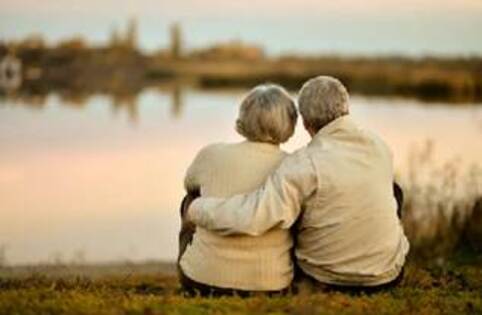
Yahoo!
Webinar Description
We will all die. We know this. But both our culture in general, and our mental health profession in particular, suppress awareness of our mortality, and avoid talking about death, even in the face of Covid. Why such bias? denial?
This 3-part workshop addresses our perpetual oscillation between “slipping into that dreaded abyss, (and) insulating ourselves in protective omnipotent defenses “ (Shabad, 2016). Via experiential groups, we’ll address how talking about death, to ourselves and to our patients, can enhance our experience of living our lives fully. We’ll write and talk through this protocol together.
Part I: history, literature review, vignette, frame how Freud, our culture, AND our profession avoid acknowledging the impact of our actual death..
Part II: divide into Small Groups, delve into how our own end of life perspective(s) might (unconsciously?) organize our psyches.
Part III: return to Large Group to share views & discuss ‘existential orientation’ protocols that suggest how to talk with patients about their feelings, attitudes, beliefs about dying and their own inevitable death. Practical suggested protocols will be reviewed.
Woody Allen — 'I'm not afraid of death; I just don't want to be there when it happens.
Like this webinar? Click here to view packages that contain this webinar.
About the Presenter:
Learning Objectives:
- Explain historical sources of our profession’s and our culture’s “denial of death” approach to mortality awareness.
- Identify one’s own existential orientation and how we psychically organize our own mortality awareness.
- Facilitate patients’ exploring their own feelings, attitudes, beliefs about death AND to use this mortality awareness to live their lives more fully and creatively.
Agenda:
Schedule:
|
10:00-10:05 AM |
Introduction |
|
10:05- 10:45 AM |
Presentation by Dr. Joy |
|
10:45- 11:15 AM |
Small Groups: Break out session No. 1 Discuss Questions 1-6 |
|
11:15 - 11:40 AM |
Return to Large Group for debrief discussion |
|
11:40- 11:50 AM |
10-minute break |
|
11:50- 12:15 PM |
Small Groups: Break out session No. 2 Discuss Questions 7-8 |
|
12:15- 12:40 PM |
Return to Large Group for debrief discussion |
|
12:40-12:45 PM |
Summary Slide by Dr. Joy |
|
12:45- 12:50 PM |
General Q&A |
|
12:50- 12:55 PM |
Recapitulation/ Wrap up |
|
12:55- 1:00 PM |
Closing |
This presentation is open to:
- Behavior Analysts
- Social Workers
- Professional Counselors
- Therapists
- Psychologists
- Licensed Mental Health Practitioners
- Medical Doctors and Other Health Professionals
- Other professionals interacting with populations engaged in mental health based services
This online class is offered at an intermediate level, and is beneficial for intermediate level clinician:
- New practitioners who wish to gain enhanced insight surrounding the topic
- Experienced practitioners who seek to increase and expand fundamental knowledge surrounding the subject matter
- Advanced practitioners seeking to review concepts and reinforce practice skills and/or access additional consultation
- Managers seeking to broaden micro and/or macro perspectives
Additional information
- Refunds: Registrants who are unable to attend a Therapy Express seminar or live webinars may ask for, and will receive, a credit or refund (your choice). Refund requests will be processed within 3 business days. When an attendee knows in advance that they are unable to attend we ask that they inform Therapy Express ahead of time by emailing [email protected] or by calling or texting 607-249-4585 this allows us to free up the spot in the training in the event that a training is at or near capacity.
- Disability Access: If you require ADA accommodations, please contact our office 30 days or more before the event. We cannot ensure accommodations without adequate prior notification.
- Please Note: Licensing Boards change regulations often, and while we attempt to stay abreast of their most recent changes, if you have questions or concerns about this course meeting your specific board’s approval, we recommend you contact your board directly.
- The grievance policy for trainings provided by Therapy Express is available here
- Satisfactory Completion: Certificates are available after satisfactory course completion in your account or by clicking here
- Participants will receive their certificate electronically upon completion of the webinar and course evaluation form.
- There is no conflict of interest or commercial support for this program.